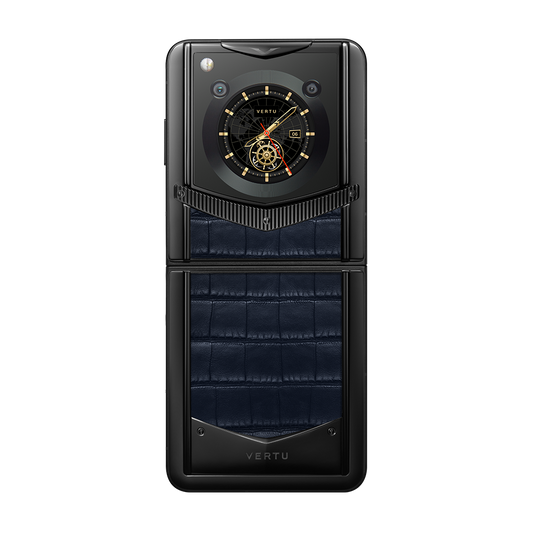Foldable Phones: A Challenging Opportunity

Although folding screen phones are still relatively niche products, they are becoming increasingly mature in terms of technology, and their prices are also decreasing, making them an important force driving the development of the mobile phone market. Betting on folding screens to impact the high-end market has also become a way for Android phones to catch up with Apple.
Since the advent of smart and touch screen technology, there have been fewer innovations in cell phones that can make a significant difference. Despite its strong annual sales and dominance in the market, the iPhone's level of innovation and fashion is declining. In contrast, the Android camp is introducing new form factors, such as folding screens, which are bringing some freshness to consumers.
Although foldable screen phones are still a relatively niche product, they are becoming more technologically mature and their prices are dropping, making them an important force in driving the development of the cell phone market.
The prevailing notion is that the smartphone trend is primarily led by Apple. However, in the realm of foldable phones, the Android camp has finally upped their game. Android manufacturers have produced folding screen phones that are both portable like a regular smartphone when folded, and like a tablet capable of delivering a large-screen visual experience when unfolded.
Apart from the form factor, the most significant aspect of foldable phones is their high cost, which can also be interpreted as being high-end. When it comes to high-end phones in the traditional flat-screen phone market, Android is still far behind Apple. Despite having a camera that can capture the moon, a more attractive and diverse design, faster charging, and an earlier adoption of high refresh rate screens, high-end cell phones can cost over $600 and are losing ground.
In this case, betting on foldable screens to make an impact in the high-end market has become a way for Android phones to overtake Apple. Whether this bet will be successful or not is unknown, but it must be made.
There are several reasons why consumers are drawn to folding screen phones.
Firstly, they are stylish and decorative. The relatively niche folding screen technology offers unique advantages in this regard. For instance, when there is a need to reflect the occasion's identity, having a folding screen phone sets one apart from the crowd of 'straight plate' phone users. If you wish to showcase your taste and highlight your personality, a foldable phone screen can undoubtedly serve as an excellent prop to capture the attention of others.
The folding phone has a horizontal design and can be unfolded to the size of a small tablet computer. It is ideal for reading manuscripts and e-books, providing a better experience than traditional straight plate phones. Additionally, the price of folding screen phones has gradually decreased, making them more accessible to consumers.
However, it is important to note that despite the decreasing price and increasing maturity of folding screen phone technology, there are still issues that affect the user experience. The most significant of these is software adaptation. The original concept of folding screen phones was to have a device that could be folded up like a traditional phone and unfolded into a flat panel, with the software automatically adapting to the different forms.
Despite years of development, software adaptation remains unsatisfactory. For instance, while a folding screen phone can play videos and games seamlessly, a flat panel may display black edges above and below the video and only show a partial view of the game field.
Some people joke that the primary purpose of folding screen phones is to show off to others. If you are interested in purchasing a folding screen phone, consider whether the novelty factor is worth it. Otherwise, it may be best to wait until the technology matures and better options become available.



















